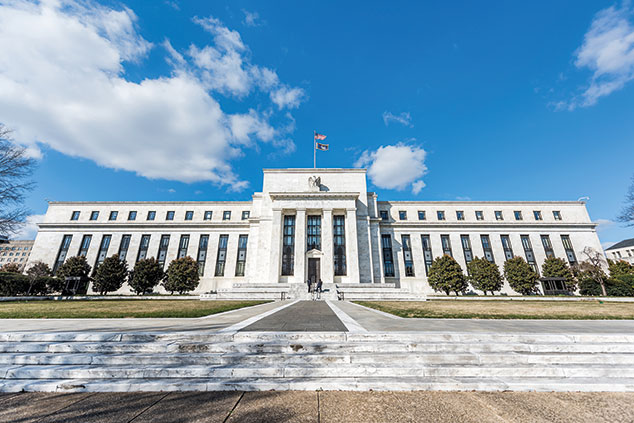
Not only did he suggest interest-rate rises in the US might be off the table this year, but he also indicated he is open to adjusting the pace of quantitative tightening (QT, the withdrawal of liquidity from the system by selling bonds previously bought with printed money). Only six weeks after it raised interest rates, it seems the Fed is wary of strangling growth by hiking too far and shrinking its bond portfolio too quickly. Crucially, Powell acknowledged the current market panic had some bearing on his decision.
Why the Fed is rattled
The Fed’s caution “reflects its concerns about the next recession”, says Matthew Klein on Barron’s. Some 80% of American chief financial officers believe there will be a recession before the end of 2020, according to a recent survey by Duke University. But are such worries overdone? January’s labour-market figures revealed that US employment continued to grow strongly as companies added a robust 304,000 positions in the first month of the year.
While the jobless rate rose slightly to 4%, this is only due to the partial government shutdown that ended in January, notes Gina Chon on Breakingviews. In his announcement, Powell pointed to a host of downside risks, including the recent market volatility, trade tensions and slowing global growth. “There is nothing necessarily wrong or embarrassing about changing direction,” says John Authers on Bloomberg.
But “if anything, several of those risks have eased in recent weeks,” as Andrew Hunter of Capital Economics points out. The rebound in the stockmarket and narrowing in credit spreads has left financial conditions looser than they were in late December. There was also positive news this week on the trade talks with China, with Trump set to meet President Xi Jinping “in the near future” to continue negotiations.
Is it looking the wrong way?
So the recent weakness in markets may have been a dip rather than a turning point. Along with the Fed, the key determinants of global growth are trade policy and China, says Chetan Ahya of Morgan Stanley. There may now be relief from trade tensions and China’s growth looks as though it could stabilise in the second half of the year. “We could be nearing the trough in this mini-cycle.”
Indeed, if the economy bounces back and inflation gathers more momentum (remember wage growth has already reached a ten-year high) the Fed may find itself having to hike rates – and very quickly too. That would give investors a nasty shock – especially now that Powell has just signalled he’s got their back.